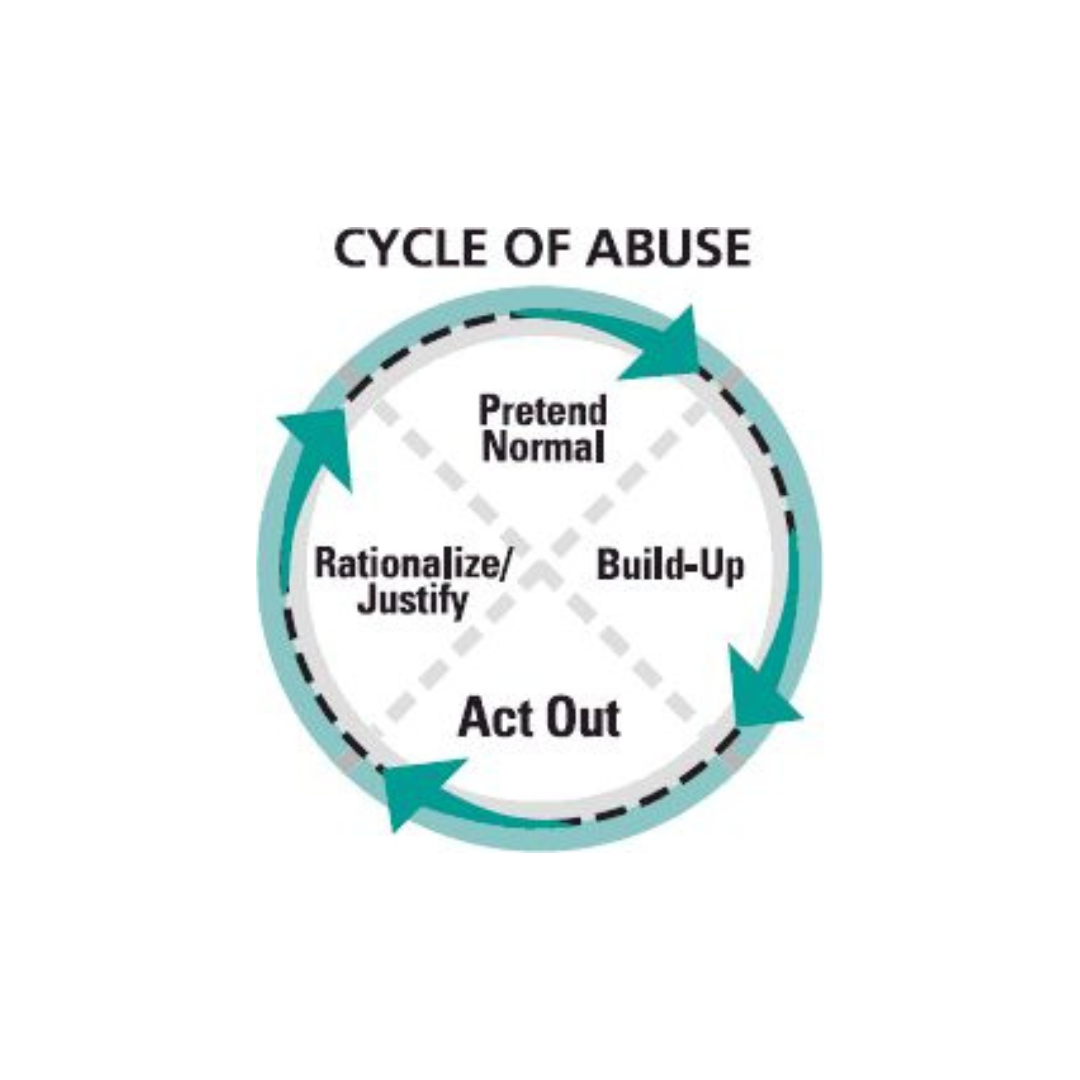You've come to the right place for help, but if you're in immediate danger call 911
You Are Not Alone, We Are Here to Help
The Today Centre is a first stop for anyone dealing with family violence
We offer non-judgmental support for adults (with or without children) targeted by family violence regardless of situation, gender, sexual orientation, ethnicity, culture or religion. Our Family Violence Specialists can help you through a variety of programs and services, all at no cost.
Programs:
Services:
Book an Appointment with a Family Violence Specialist
1. Contact Us
Contact The Today Centre through email (info@thetodaycentre.ca), phone (780.455.6880), or the live chat (click “Chat Now” on the bottom left corner of any page) to speak with a Family Violence Specialist.
-
Any adult who has recently (within the past year) been subjected to family violence. We work with individuals of any gender, sexual orientation, religion, socioeconomic status, race, and culture.
We serve those in Edmonton and surrounding area.
-
Your call will be transferred to our Family Violence Intake Specialist to chat about The Today Centre’s services, ask questions about resources, and/or to book an appointment. If you are interested in booking an appointment, our Family Violence Intake Specialist will complete an intake with you, and this information will be passed to the Family Violence Specialist you will be seeing.
-
If our Family Violence Intake Specialist is not available when you call, you may need to leave a message. When leaving a message, we ask that you: provide your name and number, and also indicate whether it is safe to leave a message when we return your call. We will not leave a message unless we know it is safe to do so. We strive to return messages within two business days.
2. Complete Intake
One of our Family Violence Specialists will complete an intake assessment with you to determine if you are eligible for our services and if we are the best service to meet your needs.
The Family Violence Specialist can also refer to more appropriate supports if the Today Centre does not best suit someone’s needs.
-
The intake will include questions on your demographics (age, address, ethnicity, gender, etc.) and questions about the violence you have been experiencing. The intake provides us with information about who accesses services at The Today Centre and about what has been going on for you recently. You do not have to answer anything that you are not comfortable answering. This process is based on your individual needs, and usually takes about 30 minutes.
3. Schedule an Appointment
If you are eligible for our services, the Family Violence Specialist will book you an appointment with one of our other Family Violence Specialists. Appointments are usually able to be booked within a week or two of the intake date based on availability.
-
The Today Centre offers services over the phone, over Zoom (a link will be provided), or in-person (office hours are Monday-Friday 9:00 AM - 5:00 PM)
-
The role of the Family Violence Specialist is to provide a non-judgmental, safe space for you to tell your story and provide resource information and support. The work conducted by Family Violence Specialists is guided by the Canadian Association of Social Workers Code of Ethics and the Alberta College of Social Workers Standards of Practice.
-
Family Violence Specialists are able to support with the creation of safety plans, assess for risk associated with physical harm or domestic homicide, provide education on family violence, and connect you to resources. Initial sessions are typically between 45 minutes to 1.5 hours depending on the individual’s needs.
-
The Today Centre offers short-term support. Our clients typically spend 4-6 sessions with a Family Violence Specialist.
Appointment FAQ’s
Answers to some of the questions you may have about your appointment with The Today Centre.
If you have more questions that have not been answered on this page, you can visit our F.A.Q page here.
-
No, our services are free of charge the whole way through.
-
No problem. If you are more comfortable accessing services in your first language, The Today Centre can arrange for interpretation during your sessions. Please let us know if this is required during your intake.
-
We offer child-minding in office that is available for use. One of our staff members will be happy to watch and play with your child in our child-minding room located only a few feet from the room your session will be in.
Please let your Family Violence Specialist know you will need this service so that we can ensure a staff member is available to watch over your child.
Due the potentially traumatizing nature of the material discussed we recommend you do not bring your child into session with you.
Understanding Family Violence
What is Family Violence?
“Family violence describes a systematic pattern of abusive behaviours within a relationship that is characterized by intimacy, dependency and/or trust.”
Source: Community Initiatives Against Family Violence (CIAFV)
What are The Types of Abuse
-
Gaslighting is a tactic (sometimes referred to as “mind games”) in which a person uses in order to gain more power makes a victim question their perception, reality, and memories. The victim will often be called “crazy” and made to feel unbalanced and unsure of themselves. This is a gradual process that attacks a person’s sense of self to make them feel confused and alone.
Examples:
Lies about things that have been said or happened
Denying events that took place despite proof
Accuse and project their own behaviours onto the victim (addiction, cheating, lying, etc.)
Making the victim think their thoughts or actions are not important
Using others to reinforce their false messages
Things they might hear:
You are just too sensitive
I didn’t say that, you’re lying
Why are you upset, I was only joking
You’re the reason we have problems
You need to learn how to communicate better
You always jump to the wrong conclusion
-
Emotional abuse is a pattern of controlling behaviours which creates an imbalance of power within the relationship that is used to harm, punish, or scare the victim. This makes the victim dependent on the abusive partner by eroding their self-esteem, isolating them from their supports, depriving them of their independence, and regulating everyday behaviour. This also includes coercive control, which Evan Stark describes as “the victim becomes captive in an unreal world created by the abuser, entrapped in a world of confusion, contradiction and fear.”
Verbal attacks:
Name calling, constant criticism, yelling, blaming, put downs, starting rumours
Making fun of, intentionally embarrassing or humiliating another person in public
Isolation:
Separating a person from their supports, preventing or making it difficult for a person to connect with friends or family
Control:
Restricting choices about what a person wears, who they see, where they go
Jealousy is often romanticized as a reflection of caring and is often used as a tactic to excuse controlling behaviours
Threats:
Threats of violence or suicide to prevent someone from leaving relationship
Threats to expose secrets, such as sexual orientation, identity, or immigration status
Threatening to take away children
Intimidating behaviours, such as damaging property, throwing objects, punching walls, kicking doors, standing in doorways, driving dangerously
Love Bombing:
A type of coercive behaviour that floods a person with affection, gifts, or attention in order to gain control or influence their behaviour. This form of manipulation is a tactic that often happens in the beginning of the relationship in order to quickly gain trust and control.
-
Ranges from criticism, to preventing participation, forcing the abused person to behave in a way that is contrary to their community’s norms.
Examples:
Threats of deportation, outing, destroying status card, or immigration papers
Taking, holding, or threatening to take immigration papers, passports, and other important documents
Using a person’s immigration status or treaty status against them
Threatening to harm people in their home country
Threatening to take children overseas and not return
Threatening to take permanent residency documents or passport
Preventing someone from integrating into a new culture, preventing a person from learning the language
Giving incorrect information about immigration processes or status
Giving false information or creating confusion about the legal system or policing in Canada
-
Physical abuse is the intentional use of force, or threats of force, on another person in an attempt to control behaviour, intimidate, or punish. It may consist of a single incident, or multiple, repeated and potentially escalating incidents. It can cause physical pain or injury that can create ongoing health issues.
Examples :
Pushing, slapping, hair pulling, biting, kicking, burning, punching, shoving, hitting, pinching, withholding / overdosing medication, strangling, stabbing, cutting, poisoning, shooting, throwing objects, or killing someone
Restricting movement (holding someone down), confinement
Denying access to medical care, food, appropriate clothing, and shelter
Threatening with a weapon
Senior Abuse: Providing inadequate care by denying or speeding admission to a care facility. Under or over medicating, stealing medication for resale
-
“The misuse of divine beings, sacred texts, church doctrine, cultural, spiritual, and familial teachings to harm someone.” -Reverend Al Miles
Examples:
Ranges from criticism, to preventing participation, to forcing the abused person to behave in a way that is contrary to their values or community’s norms
Misusing scripture to support abusive behavior
Demanding obedience and submission in the name of faith
Labeling abuse as discipline or teaching
Blaming abusive behaviours on evil beings
When a person in some sort of dominant position uses scripture or religion to control, harass, ridicule or intimidate someone else
-
Stalking is a behaviour that causes fear of harm through repeated following, monitoring, harassing,or watching another person. Stalking is often romanticized in the media, but it is often a threatening and terrifying experience for victims, and it is a criminal offense. Someone who uses stalking behaviour can be a current or past romantic partner, acquaintance, or a stranger.
Direct:
Sending unwanted text messages, letters, emails, voicemails. Constantly calling and then hanging up.
Following, watching home or place of work, waiting in frequented places, showing up unannounced or uninvited.
Indirect:
Using social media, or other technologies to track a person.
Sending messages or inquires through friends or family.
-
Financial abuse involves tactics used to control a person’s ability to acquire, access, and maintain economic resources, to hinder economic self sufficiency and self-efficacy.
Examples:
Withholding or taking money, limiting or preventing access to bank accounts.
Giving an allowance and monitoring what the person buys.
Creating debt in that person’s name.
Stealing money or property, selling or damaging possessions.
Interfering with, preventing, or sabotaging the abused person’s ability to work or their efforts to better themselves (furthering their education).
Limiting the hours a person can work, or forcing them to work extended hours or multiple jobs.
Using their money to hold power over the other person.
In senior abuse, this can look like pressuring them to gain control of their finances or assets.
-
Sexual abuse refers to any non-consensual action that pressures or coerces someone to do something sexually they don’t want to do. It can also refer to behaviour that impacts a person’s ability to control their sexual activity or the circumstances in which sexual activity occurs. This can also happen in a long-term committed relationship.
Examples:
Unwanted sexual contact, touching, fondling, forced oral contact (non-consensual kissing).
Non-consensual intercourse.
Unwanted rough or violence sexual activity.
Sexual name calling, or sexual insults.
Forced / unwanted exposure to pornography.
Forcing sexual behaviours with others.
Tampering with birth control, refusing to use birth control, restricting access to birth control or protection from STIs.
Threatening someone into unwanted sexual activity, pressuring someone into sexual activity, making someone feel guilty or immature when they don’t consent to sexual activity.

























